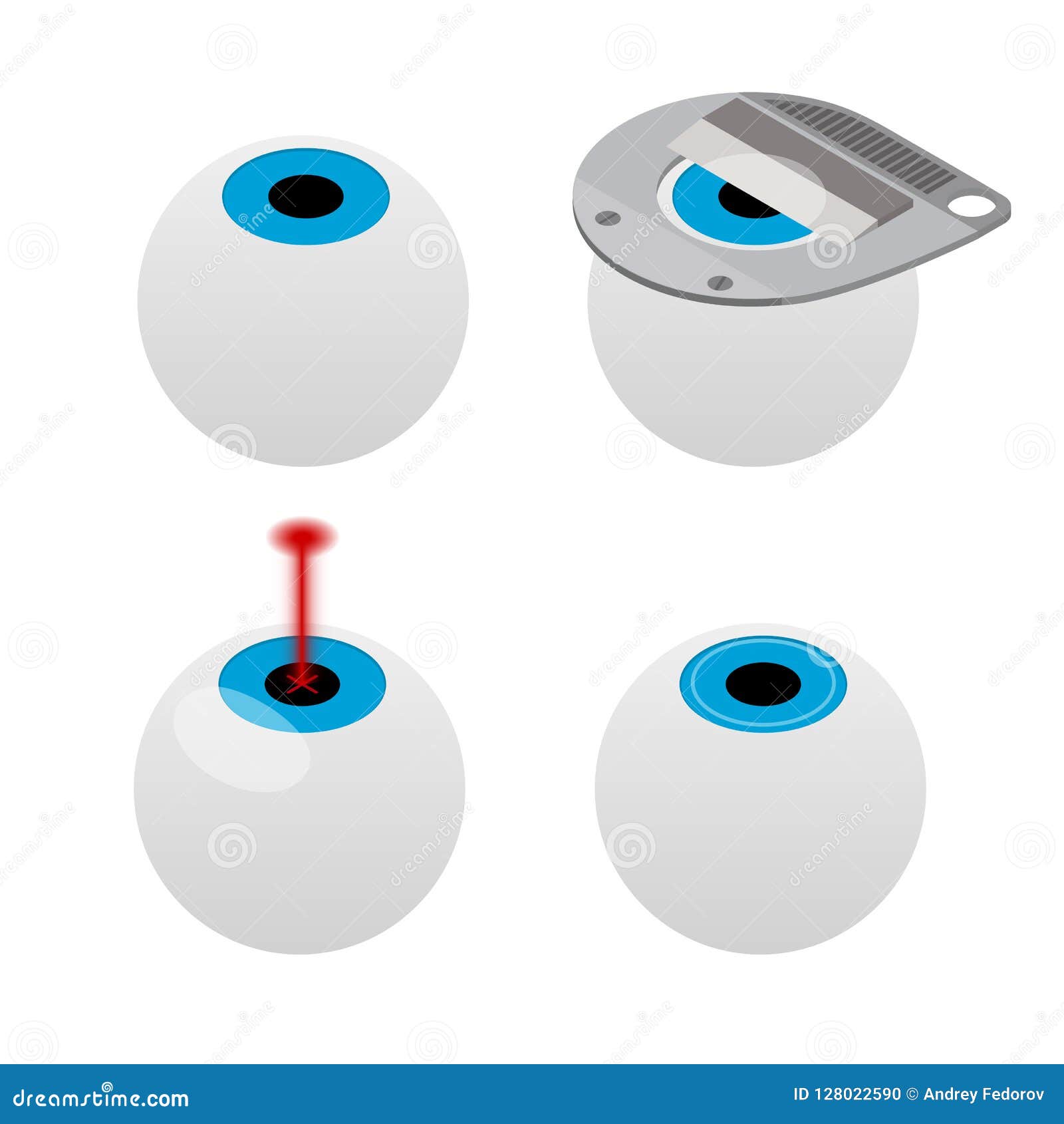Exploring Standard Vs. Cutting-Edge Glaucoma Therapy Methods
Exploring Standard Vs. Cutting-Edge Glaucoma Therapy Methods
Blog Article
Web Content By-Johannesen Vega
Did you know that the development of glaucoma therapy approaches spans centuries, incorporating both conventional treatments and advanced developments? From old herbal concoctions to innovative Minimally Invasive Glaucoma Surgical procedure strategies, the spectrum of choices is huge. As you delve into the intricacies of conventional versus cutting-edge strategies, you may uncover shocking understandings that challenge conventional viewpoints on treating this widespread eye condition.
Historic Advancement of Glaucoma Treatments
The historic development of glaucoma therapies dates back to ancient people where numerous solutions were used to take care of the problem. In old Egypt, for example, treatments involved a mix of honey, fat, and sour milk put on the eyes. The Greeks and Romans likewise contributed to early glaucoma treatments with a concentrate on topical applications and nutritional interventions. Throughout background, diverse societies created special techniques to relieve the signs and symptoms of glaucoma, commonly rooted in organic solutions and superstitious notions.
As time advanced, improvements in medical knowledge resulted in even more organized techniques to treating glaucoma. In The Center Ages, Arabic scholars made considerable contributions by researching the makeup of the eye and creating surgical methods to resolve eye problems. These early innovations laid the foundation for modern-day glaucoma treatments that we've today. Understanding the historical context of glaucoma therapies supplies important understandings into the constant progression and improvement of clinical methods over the centuries.
Contrast of Traditional Methods
In contrasting traditional approaches for dealing with glaucoma, think about the historical contexts and efficiency of numerous solutions.
Standard therapies for glaucoma have actually developed over centuries, from old methods like utilizing honey and red wine to much more current innovations such as eye declines and surgical treatments. Historically, treatments like the application of leeches or organic mixtures were used to relieve signs, yet their efficiency was limited.
As time proceeded, techniques like iridectomy, where a part of the iris is removed, became preferred for lowering intraocular stress. Some conventional approaches, like utilizing dental medications to minimize eye pressure, have stood the test of time and are still used today. However, these treatments commonly include adverse effects and may not be as efficient as contemporary choices.
Read Webpage to weigh the historic relevance of conventional glaucoma therapies against their effectiveness in the context of existing medical developments.
Assessment of Ingenious Treatment Approaches
Considering the developing landscape of glaucoma treatment, innovative methods are changing the method this eye condition is taken care of.
One remarkable improvement is minimally intrusive glaucoma surgical treatment (MIGS), which offers a much less invasive alternative to conventional surgical procedures. MIGS aims to reduce intraocular stress by improving the eye's natural water drainage system, causing less complications and faster recovery times contrasted to traditional surgical treatments.
In addition, the advancement of sustained-release medication shipment systems has supplied a much more efficient method to administer glaucoma drug. These systems can launch medication progressively over a prolonged period, improving patient adherence and minimizing the frequency of eye decreases.
Furthermore, arising innovations like selective laser trabeculoplasty (SLT) use a non-invasive option for lowering intraocular pressure by targeting specific cells in the eye's drainage system.
Conclusion
As you review the evolution of glaucoma therapies, you can see exactly how conventional methods have actually led the way for innovative approaches to arise.
From old treatments to contemporary improvements, the trip of treating this complex eye problem has been like a rollercoaster ride.
However with brand-new techniques like MIGS and sustained-release medication shipment, the future looks brighter than ever for patients looking for effective and less invasive services.
